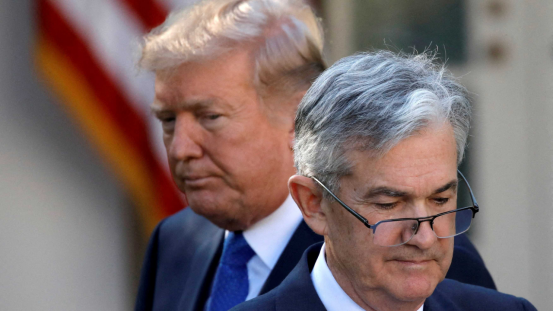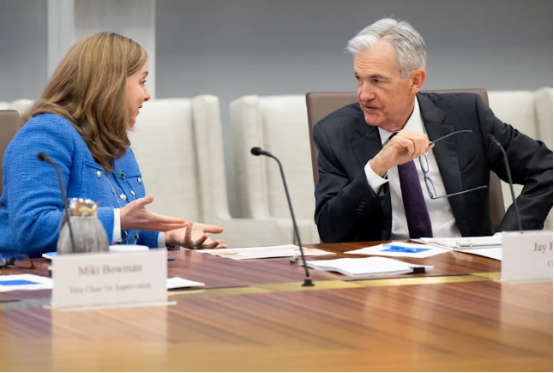
Fri, June 27, 2025
An escalating debate within the Federal Reserve about the case for interest rate cuts is not going to be settled by a new inflation reading that offered ammunition for both hawks and doves.
Hawkish officials who are worried about tariff-related price hikes will likely point to the fact that the latest reading of the Fed's preferred inflation gauge showed price increases accelerated in May as inflation remained above the Fed's 2% target.
But in the same report, the Bureau of Economic Analysis also showed that US consumer spending declined in May by the most since the start of 2025, which may help the dovish argument that rate cuts are needed to offset any slowdown in growth that could also accompany President Trump's tariffs.
The division within the Fed emerged last week in the Fed's latest "dot plot" outlining future interest rate moves. While 10 officials saw two cuts or more still happening in 2025, seven officials predicted no cuts at all, up from the four officials who made that call previously.
Fed governors Michelle Bowman and Chris Waller added to the divide by saying in recent days that they now see cutting rates as soon as the Fed's next policy meeting in July, due to recent mild inflation readings.
But other officials this week have pushed back on that urgency and warned that it is too soon to know the true effects of tariffs on inflation. Some have said they could support a cut in September if inflation cooperates.
Fed Chair Jerome Powell told lawmakers this week that the central bank is "well-positioned to wait" on any interest rate adjustments until it has more clarity on how Trump's tariffs will affect inflation and the direction of the US economy.
Powell and some of his colleagues have repeatedly pointed out that they expect to see a pickup in inflation this summer and that it is prudent to wait for that impact before acting.

Federal Reserve Chair Jerome Powell speaks with Michelle Bowman at a Federal Reserve Board meeting on June 25.
Powell's wait-and-see stance continues to inflame tensions with President Trump, who has called for sizable cuts due to what he called "no inflation" and the chance for the US to save on interest costs while carrying loads of debt.
In fact, Trump made it clear this week that he is closer to selecting a successor to Powell, whose term as chair expires in May 2026, as he becomes more impatient about the Fed's policy stance.
But the new inflation reading on Friday doesn't show that inflation is receding.
The "core" Personal Consumption Expenditures (PCE) index, which strips out food and energy costs, rose 2.7% on an annual basis, above the 2.6% economists had expected and higher than the 2.6% seen in April.
Core prices also rose 0.2% in May from the prior month, above the 0.1% economists had expected.
But the same report from the Bureau of Economic Analysis also showed that Personal Consumption Expenditures fell 0.3%, which could affect the growth outlook.